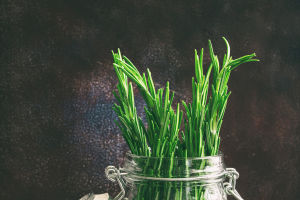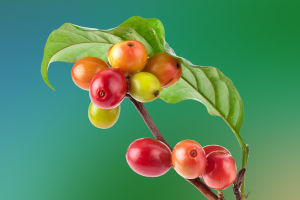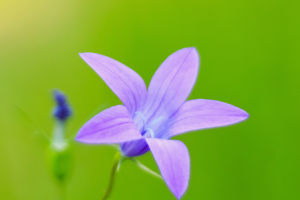The word is succulent has its roots in the Latin word "Succos", which means sap and liquid. Succulent plants are popular among plant enthusiasts because of their ability to absorb carbon dioxide, release oxygen, purify the air, and absorb radiation.
If you are interested in breeding succulents, there are certain things that you need to consider. In this article, we will discuss some important points that you need to keep in mind while breeding succulents.
1. Pot
The choice of the pot is crucial for succulent plants. Pottery pots can absorb water very well, which can help alleviate the negative effects caused by excessive watering.
However, the weight of the pot increases after absorbing water, which requires a sturdy planter. Purple sand pots are a good option as they have good permeability, and are often used to raise succulents.
It is important to pay attention to the thickness of the walls of the pot: the thinner the walls, the easier the plants can breathe.
2. Soil
For succulents, the commercial soil available in the market often falls short of meeting their specific needs, leading many seasoned enthusiasts to mix their own. The optimal soil mix for these plants is loose, well-draining, and sandy, yet rich in nutrients to support growth throughout the growing season.
This soil should have a good structure, facilitating aeration and preventing waterlogging. When crafting the soil mix, it's crucial to balance organic and inorganic components while steering clear of overly fine or dusty materials, which can impede drainage and harm the plant's roots.
3. Irrigation
Succulent plants are composed of water and can survive even without much watering, as they can store water on their own.
Overwatering can cause the plant to decay and slowly wither, so it is important to observe the state of the plant every time you water it.
The best time to water succulents is early morning in summer, before noon in sunny winter, and both morning and evening in spring and autumn.
Do not drench from the top or you will get unsightly spots on the sphere over time.
For winter plants, keep the potting soil moist and not waterlogged, and water thoroughly, neither waterlogged nor too dry.
Summer plants can be watered appropriately, but not excessively. If there is a rainy day or a sudden drop in temperature, then stop watering.
4. Sunlight
Proper placement of sunlight is crucial for succulent plants. Without enough light, the plants will grow weak and the color of the leaves will fade.
It is important to give them the appropriate amount of sunlight to keep them healthy and in good shape. There is no substitute for sunlight, and this needs to be noted.
5. Fertilization
Succulent plants require a specific regimen of fertilization during their growing season, with a gradual decrease in nutrient provision as they enter their dormant phase.
For winter-growing succulents, it's recommended to apply a diluted, well-rotted liquid fertilizer or a balanced compound fertilizer every 20 days. It's best to fertilize in the morning on a clear day, ensuring care is taken to avoid direct contact of the fertilizer with the plant to prevent potential damage. In contrast, succulents that thrive in the summer typically do not need additional fertilization, as their growth can be sustained by the nutrients already present in their soil.
Breeding succulents can indeed be a fulfilling endeavor when you adhere to key considerations such as choosing the correct pot, soil composition, watering practices, sunlight exposure, and fertilization strategy.
These factors are essential for the healthy development of succulent plants. With diligent care and attention, you're well on your way to cultivating a stunning and diverse collection of succulents to enjoy.


